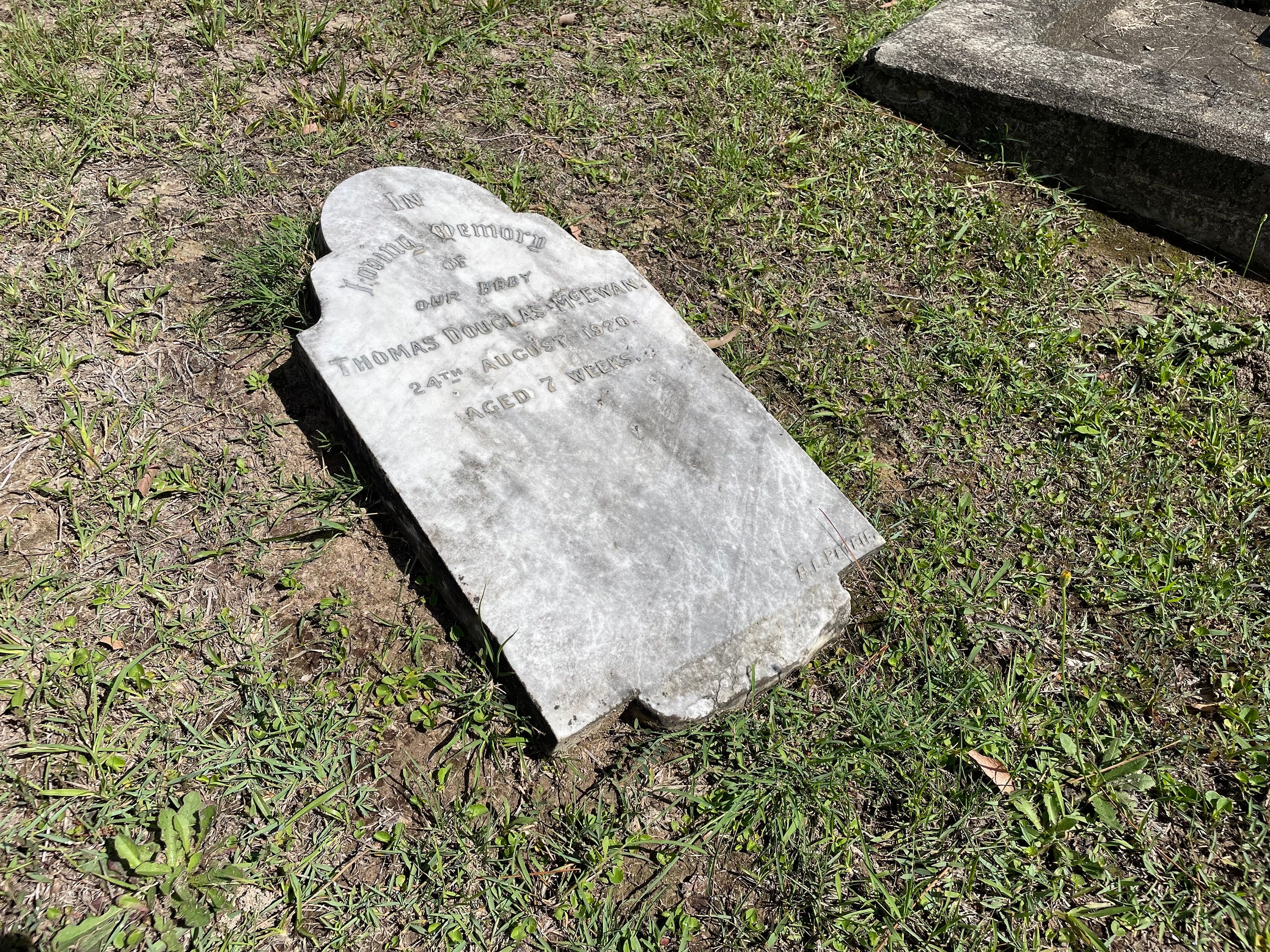From the coast to the hinterland, the Sunshine Coast's public cemeteries are more than resting places-they're rich with stories of community, resilience, and remembrance.

Award winning historian, researcher and author Dr Lisa Murray was Council's 2024 Historian-in-Residence and her research reveals how locals shaped these sacred spaces.
Discoveries
In the late 1800s and early 1900s, communities petitioned the government, donated land, and held working bees to establish cemeteries. Diddillibah Cemetery, for example, was created in just two months thanks to Henry A. Keil's land donation and leadership.
Some cemeteries tell tales of tragedy and heroism. Witta Cemetery holds the grave of Mitchell, an Aboriginal man who died in 1919. His headstone, funded by Landsborough Shire Council, is a rare and respectful tribute.
At Nambour Cemetery, Claude Bonner Nosworthy is remembered for sacrificing his life to save others from drowning in 1922.
Cemeteries also reflect changing times. Nambour Garden Cemetery, opened in 1960, was one of Queensland's first regional lawn cemeteries, complete with fountains and landscaped gardens. Meanwhile, Buderim Cemetery's elegant entrance gate was funded by benefactor Mrs Isola Frederic in memory of her husband.

From cast iron grave markers to ceramic wreaths, the memorial styles speak volumes about the era, craftsmanship, and families who cared deeply. Today, these cemeteries remain places of quiet reflection, heritage, and connection.
Whether you're a history buff or nature lover, a visit to your local cemetery might just reveal a story waiting to be told.
Free heritage talk
Dr Murray will present her findings at a free talk Friday 10 October at Landsborough Museum.






